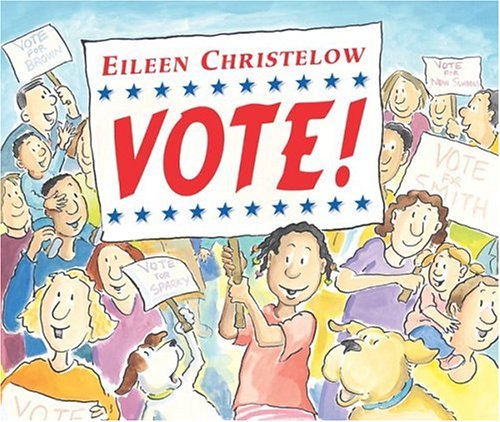Books to Enhance Vocabulary in the Government Unit
Vocabulary for the new unit can be difficult! Below are some great read alouds that you can read with your child to reinforce vocabulary that is being worked on in school.
Some important words to focus on include:
Some important words to focus on include:
- vote
- citizen
- democracy
- separation of powers
- legislative
- executive
- judicial
- rights and responsibilities

















